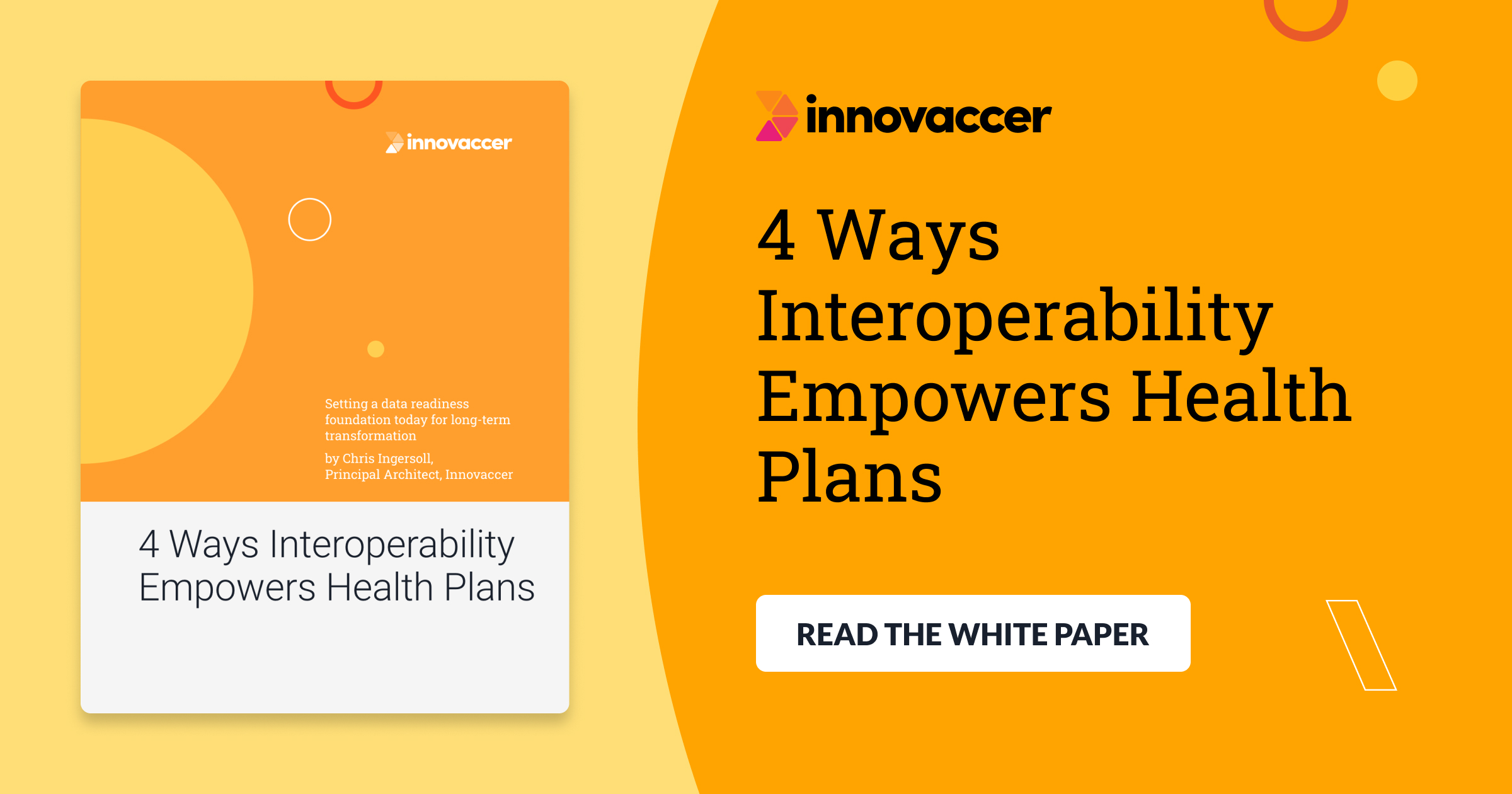CRM: The Wrong Acronym For Healthcare
Abhinav Shashank is the CEO and Co-Founder of Innovaccer, a San Francisco based healthcare technology company.
In their latest foray into health IT investment, some health systems are layering customer relationship management (CRM) software over existing electronic health record (EHR) systems. The rationale is simple: In an increasingly consumer-driven and digital retail environment, the patient is a consumer of healthcare services. Since Walmart, Target and Facebook know more about a patient's lifestyle and consumer priorities than a health system or health plan, the argument goes, let's apply the same CRM systems that retailers use to the healthcare system.
If only it were so simple. Healthcare consumers are looking for more than a purely digital experience that mimics retail. In healthcare, the human touch and the context of that engagement are the differences that separate convenient digital connections from care journeys that are integrated, orchestrated, facilitated and enhanced by digital technology. The distinction is profound, and consumers know it.
More than half of consumers (51%) surveyed by PwC's Health Research Institute "said they wanted a care coordinator or navigator to help orchestrate virtual and in-person care and provide support services." However, the analysts found that the healthcare industry "has focused more on ease and simplicity of technology solutions for consumers, and less for the clinicians who treat them."
As a solution, CRM systems bring contact, engagement, purchase and service interaction data into a customer profile, but this only reinforces a retail sales model that treats healthcare as a transaction. Most of the data that truly informs patient care and engagement (clinical records, lifestyles, behavioral and environmental data, health monitoring data — all of the qualitative context gained with each interaction) is missing or lost.
Moreover, the EHRs that CRMs complement were designed as billing systems. Their clinical information is secondary to the financial record, and the primary purpose of recording clinical encounters is to create reimbursable claims — not a rich, holistic, contextual picture of the patient and their ongoing or predicted needs.
In a fee-for-service (FFS) system where care transactions (not quality outcomes) drive revenue, this technology made sense. CRM systems are a logical next step in that transactional technology path, and certainly, a CRM can improve the consumer experience on an important service level through more convenient appointments, simpler billing and greetings by name. However, there will be little — if any — change to the quality of care and the depth of engagement.
Is that really the future we want to pursue in an increasingly value-based world? Our industry's shift to value is driving a massive wave of investment — $128 billion for 2021 alone, according to Gartner, Inc. — into modernizing healthcare IT, with a focus on digital transformation and prioritizing AI, RPA and cloud computing. However, spending money won't lead to better patient care and lower costs if we don't solve the larger data challenges that impede the provider-patient relationship.
Patient-centered healthcare should be continuous, deeply personal and contextual. Shopping at Walmart, getting an Uber or placing an Amazon order isn't deeply personal no matter how much information about consumer habits and demographics inform that experience. In contrast, a patient needs everyone involved in their care to have an organized and holistic picture of them as a human being — not as a snapshot during a moment of crisis but as a view that is ongoing, continuously enriched and deepening over an entire lifetime.
An IT system that truly serves the patient and optimizes health and wellness must bring all relevant information together to provide the clinical context that helps those who engage with the patient deliver quality care and experiences. That means clinical, claims, pharmacy, laboratory, SDoH and other consumer information — in addition to transactional data — to establish a longitudinal patient record that can drive a highly personalized patient relationship throughout the continuum of care.
That work starts with a cultural and cognitive shift. In a value-based world, the new measure of success is not patient satisfaction and claims per care intervention, but patient experience and optimal long-term health. This requires a recalibration of mission and a clear strategy for how the organization will engage with patients going forward. Without that examination, technology investments will languish, and new processes will fail to impact outcomes.
In a patient-centered universe, an individual's overall healthcare experience consists of three parts, each contributing to how the organization will ultimately calculate value and earn revenue. The first part is the consumer experience, where patients evaluate quality of service like any customer. The second part is the clinical experience, which is about quality of care. The third part is the wellness experience, which is about quality of life after discharge.
CRMs address the first part, and many healthcare organizations are now fortifying the wellness experience by building out a platform of care settings beyond the four walls of the hospital. They're also beginning to work on the consumer experience by identifying top service lines and optimizing access, engagement and brand.
Their biggest challenge, however, remains the clinical experience because that requires aggregating and unifying data across hundreds of touchpoints while also automating communication and information access for clinicians and patients alike. To achieve that, providers must be able to cut across IT systems and care settings, get updated in near-real time and follow the patient everywhere and anywhere throughout their care journey.
The retail consumer experience is part of the future of healthcare but not the whole experience. It's time to evolve patient engagement from a transactional, revenue-driven model to a contextual clinical model that keeps the patient at the center of healthcare while providing quality service and appropriate attention to long-term health. That's the future that patients really want, the future that clinicians deserve and the future that healthcare so desperately needs.






